Companion Groombridge 34 B Luminosity (visual, LV) 0.00637 L☉ Luminosity (visual, LV) 0.00041 L☉ | Luminosity (bolometric) 0.02589 L☉ Luminosity (bolometric) ~0.00262 L☉ | |
Similar Ross 248, EZ Aquarii, Kruger 60, Lacaille 9352, YZ Ceti | ||
Briggan krauss h alpha groombridge 34
Groombridge 34 is a binary star system in the northern constellation of Andromeda. It was listed as entry number 34 in A Catalogue of Circumpolar Stars, published posthumously in 1838 by British astronomer Stephen Groombridge. Based upon parallax measurements taken by the Hipparcos spacecraft, the system is located about 11.7 light-years from the Sun. This positions the pair among the nearest stars to the Solar System.
Contents
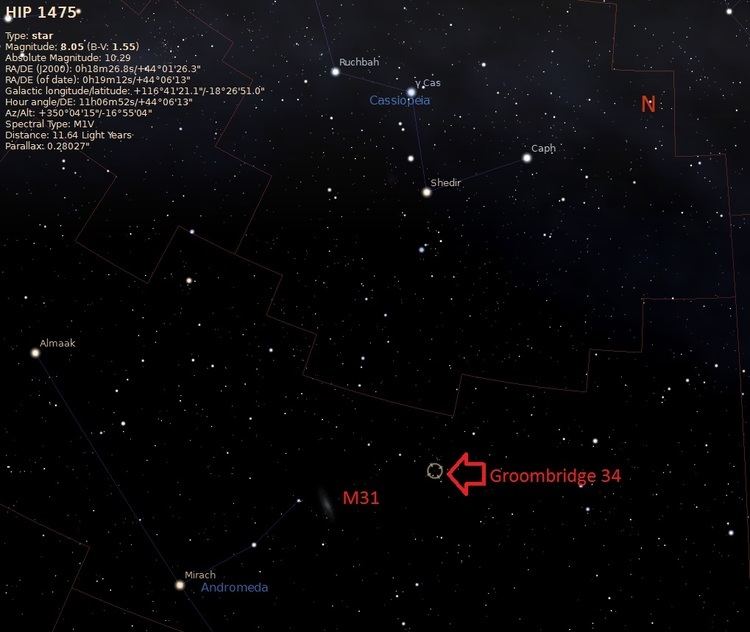
Both components are small, dim red dwarf stars that are too faint to be seen with the naked eye. They orbit around their common barycenter in a nearly circular orbit with a separation of about 147 AU and a period of around 2,600 years. Both stars exhibit random variation in luminosity due to flares and they have been given variable star designations: the brighter member Groombridge 34 A is designated GX And, while the smaller component is designated GQ And.
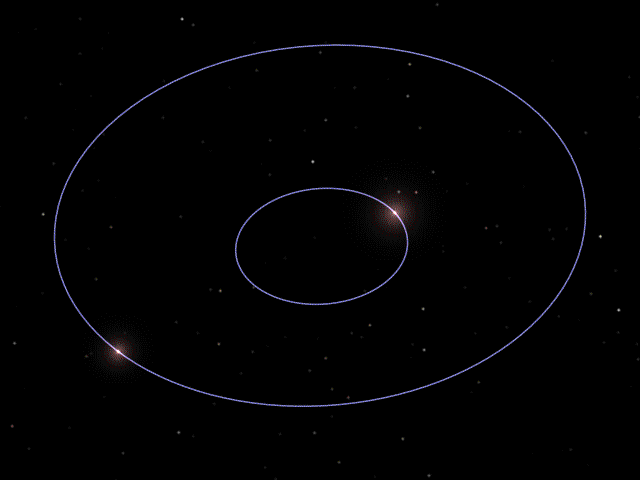
The star system has a relatively high proper motion of 2.9 arc seconds per year, and is moving away from the Solar System at a velocity of 11.6 km/s. It achieved perihelion some 15,000 years ago when it came within 11 ly (3.5 pc) of the Sun.
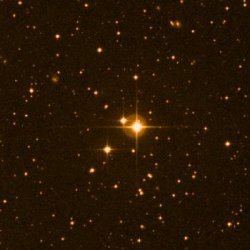
Planetary system
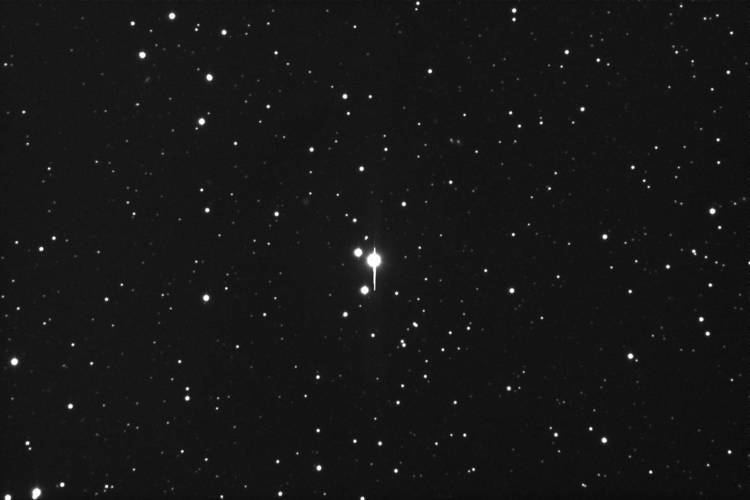
In August 2014, a planet orbiting around Groombridge 34 A was reported. The planet's existence was deduced from analysis of the radial velocities of the parent Star by the Eta-Earth Survey using HIRES at Keck Observatory.
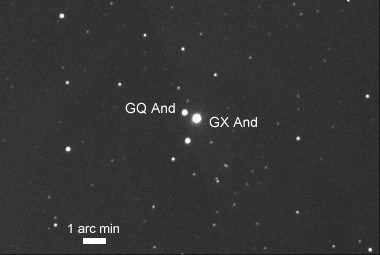
The planet is thought to have a minimum mass of 5.35 ± 0.75 Earth masses, and at its discovery was the sixth nearest known exoplanet.

